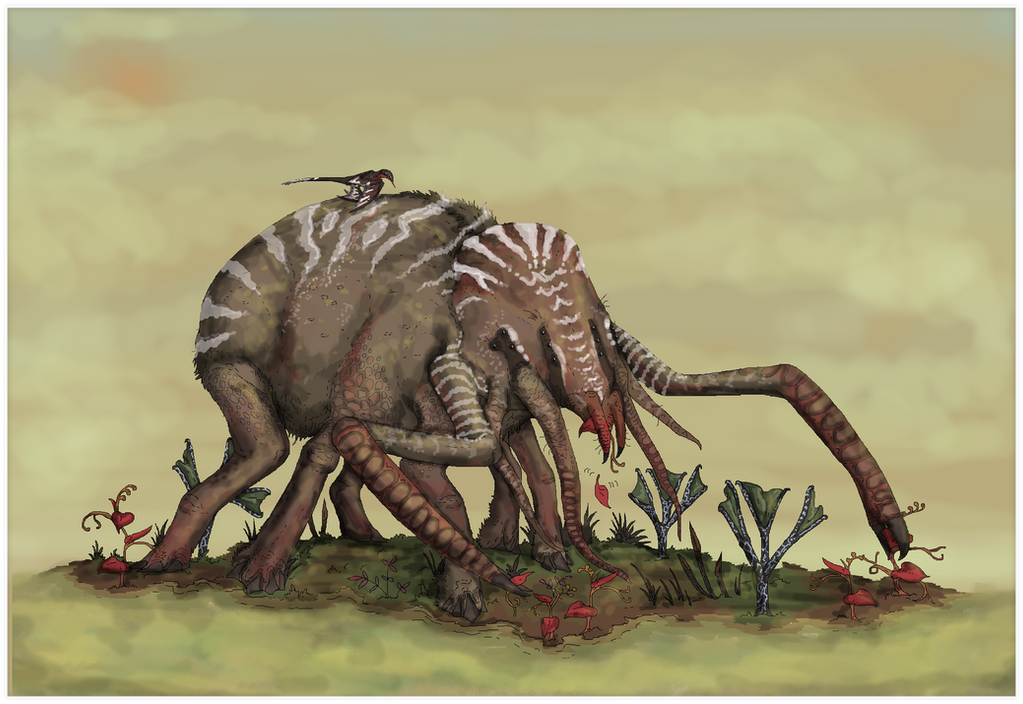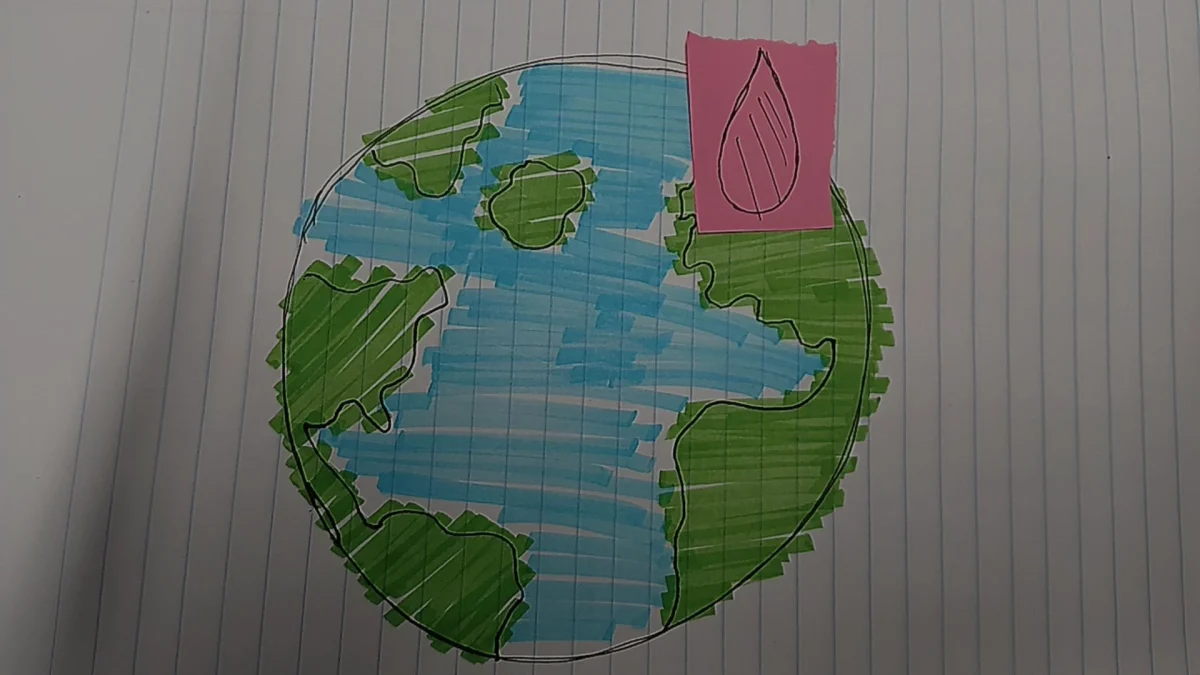Speculative evolution is a subgenre of science fiction that explores the possible future evolution of species. Also known as speculative biology or speculative zoology, it involves imagining how creatures could evolve naturally on another planet or in an alternate version of Earth. It often falls under the hard science fiction category since it relies heavily on scientific concepts like biology and evolution.
For a long time, the idea mostly existed as scattered concepts. That changed with the release of After Man by Dougal Dixon in 1981. This was the first book to present a complete history of Earth’s future, featuring entirely new species and ecosystems. It laid the groundwork for others to follow, inspiring pieces like All Tomorrows and many other creative projects within the genre.
What makes this subgenre so interesting is how it mixes creativity with science. Many creators imagine what a certain species could become, using speculative biology to figure out how these creatures might function in their environment. Without some knowledge of evolution and natural selection, these ideas wouldn’t work as well, but it’s a part of the process people often overlook because it’s less flashy.
The best way to picture it is like planting a seed. Evolution takes countless attempts before something survives. In speculative evolution, creators either plant the seed or decide what conditions shape its growth. It’s a fascinating process that mirrors the unpredictable nature of real evolution.
While it’s often used for fictional worlds, don’t be surprised if it shows up in actual science discussions too. As we continue to wonder about the future, speculative evolution gives us a way to explore what might come next. If you’re curious, All Tomorrows by C.M. Kösemen is a great place to start.








